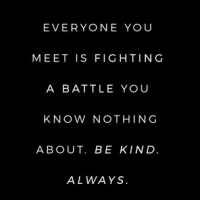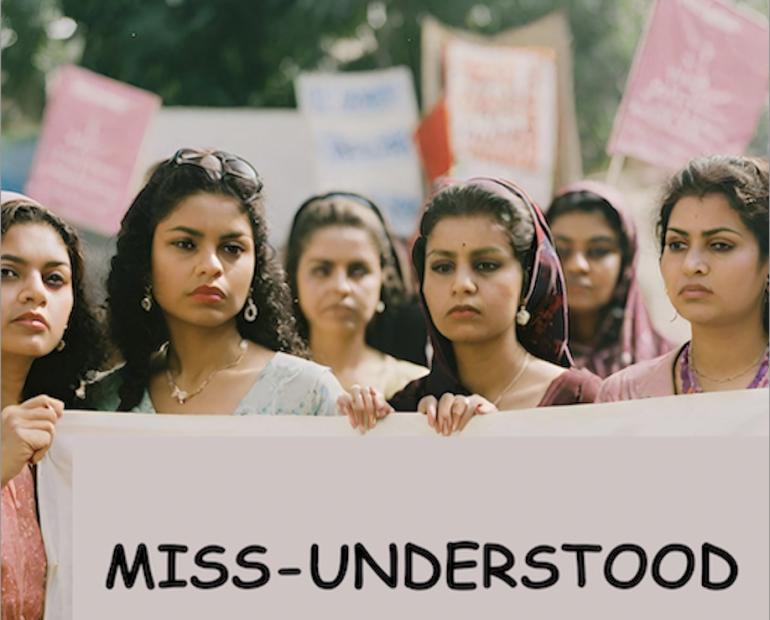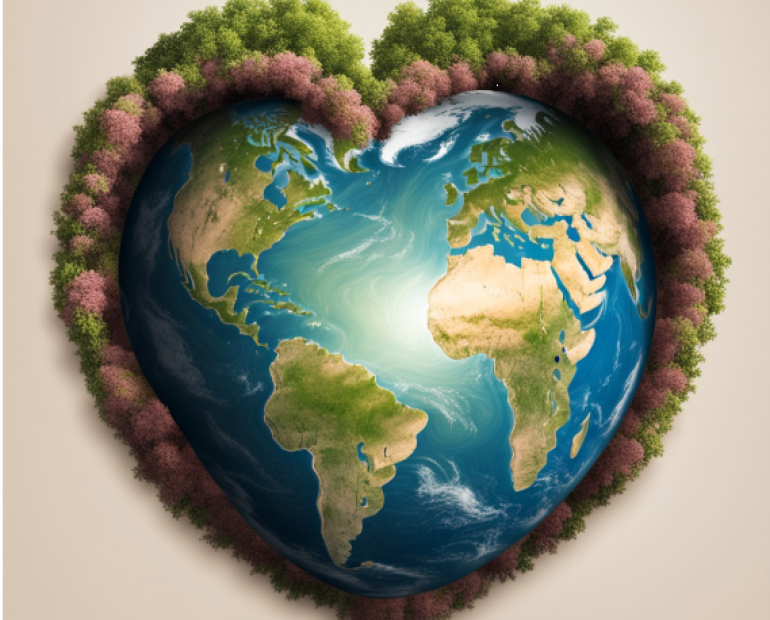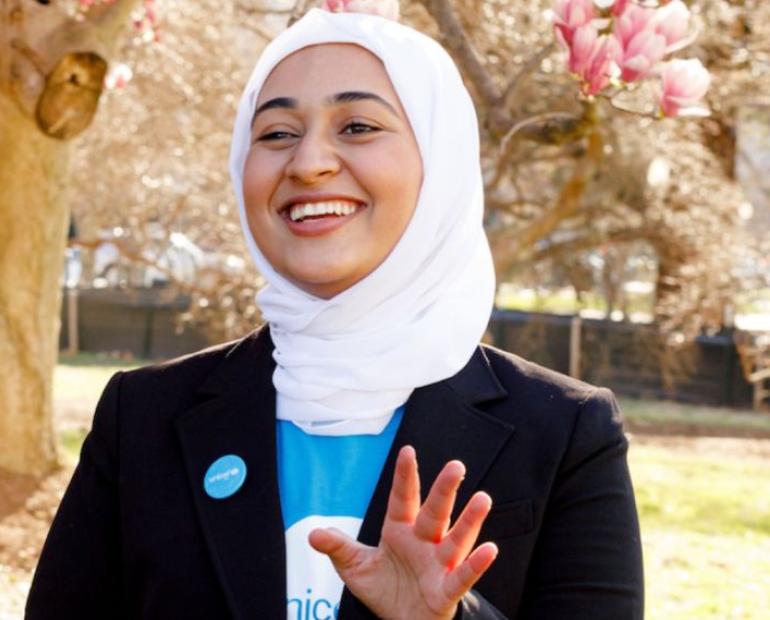
Our world has become increasingly globalized, diverse and rich in ideologies and practices. Countries around the world include communities and societies within their national identity, enriching the diversity of their population. But when so many different groups of people are embedded in society together, beliefs of superiorities and minorities come into place. The culturally rich beliefs and principles of groups develop the foundation of diversity and heritage in our world. While each group is different, one thing that’s common among minority groups is the fact that, more often than not, these groups face multiple forms of discrimination, leading to marginalization and exclusion.
There is a myriad of definitions that define minorities or a minority group, but the differences in the definition itself cause confusion, negligence and disregard. In sociology, a minority group refers to a category of people who experience relative disadvantage as compared to members of a dominant social group. This categorization is ordinarily done based on observable differences of ethnicity (ethnic minority), race (racial minority), religion (a religious minority), language (linguistic minority), sexual orientation (sexual minority) or disabilities. And with this diversity, people conform to minorities within minorities.
There is no legal definition of national minorities in international law, though protection of minority groups is outlined by the United Nations Declaration on the Rights of Persons Belonging to National or Ethnic, Religious and Linguistic Minorities. The challenge of arriving at a widely acceptable definition lies in the variety of the situations of these groups – some involved with the dominant group, others completely separate.
As revealed in the aforementioned paragraphs, minorities face evident discrimination and marginalization in numerous areas of social, political and economic life and while discrimination may be committed by individuals, it may also occur as structural inequalities, in which rights and opportunities are not equally accessible to all. For example, the indigenous people or Afro-Argentinian people face institutional discrimination in which public policies itself aren’t applicable to them.
Cultural pluralism is an expected attribute of contemporary societies. Modernization should encourage more ethnic heterogeneity, rather than suppress it. Identification of a particular community should be encouraged and be acknowledged as a normal thing. While there has been a proliferation of attempts to recognize the social factors within broader processes of economic and human rights development, among the most important of these is social inclusion; understanding the removal of barriers to participation and equality of minorities in economic and political environments. The more important policy question for accommodation in minority embedded societies, therefore, becomes how to promote an inclusive sense of identity and loyalty to both groups.
There are 75 different minorities in the Philippines; 2000 ethnic groups in Nigeria, wherein only 3 are majorities; around 20% of India’s population is minority groups. These are just a few of the many positions across the globe. Be it wealth minorities, political minorities, or defined minorities, it is our duty, as citizens, to understand and support these marginalized voices. We must look past what we think we know and turn to create spaces to get pace those preconceptions and ideas.
This is a reminder that the response to a global challenge, such as this, is too important to be neglected and left to policy-makers. Everyone and anyone can make a difference. Achieving effective participation of minorities in societal activities and ending their exclusion requires us to embrace diversity through the promotion and implementation of practices and standards of inclusivity and acceptance.
As members of our communities, we should take affirmative actions in the form of social welfare and humanistic programs. Small gestures will knit our minority communities into the social fabric. Let’s start with eliminating the idea of having “minority” as a concept but rather as a prideful identity. Let’s not take to emphasize certain groups, rather, let’s continue to lead in an inclusive, safe and positive environment.






